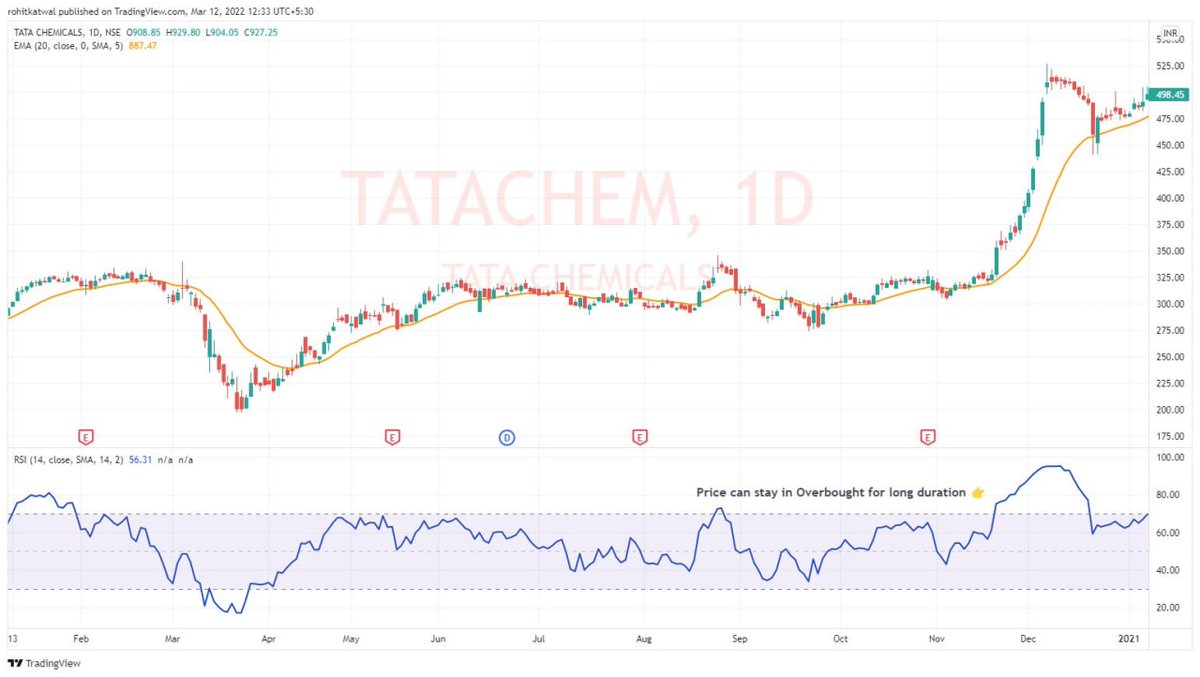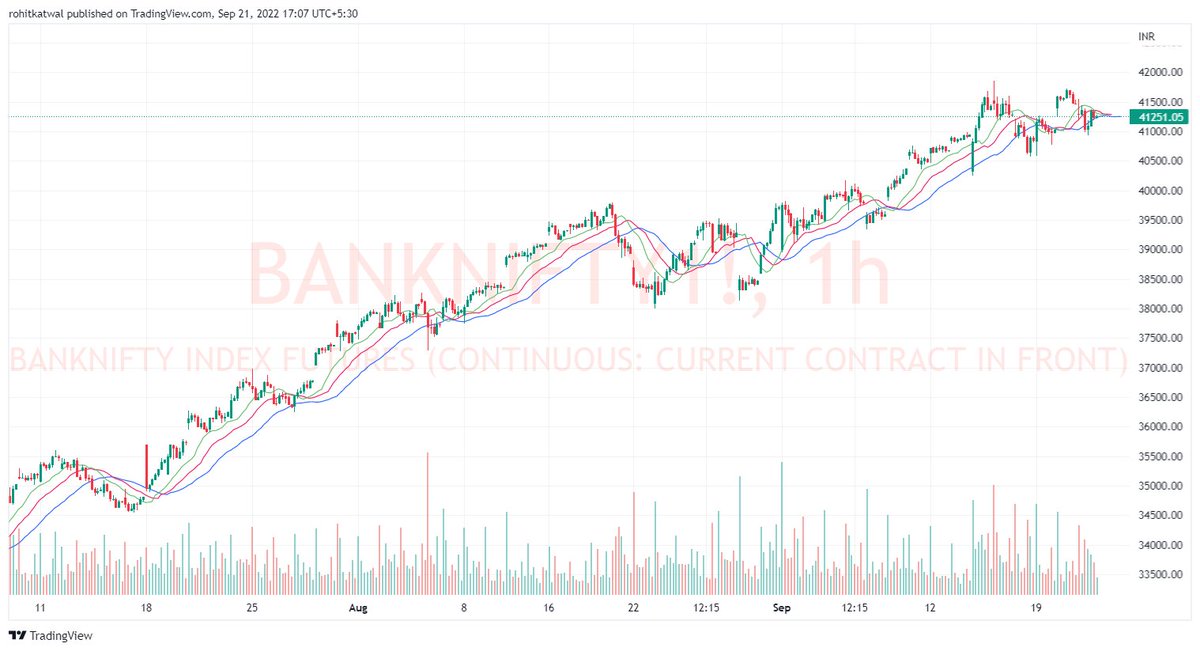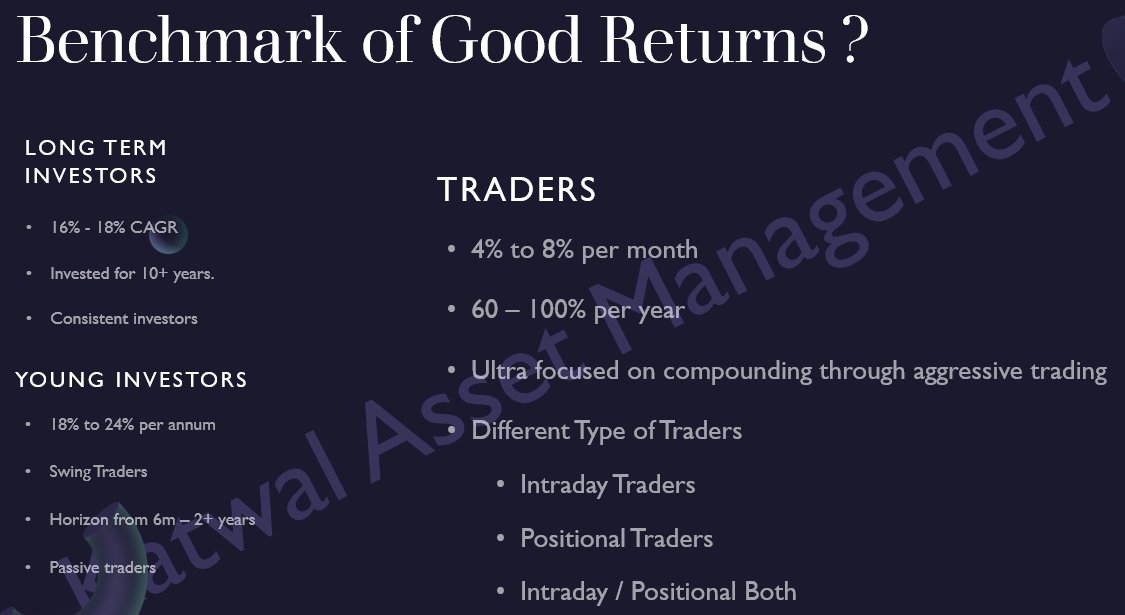
Thread on #OptionBasics for #Nifty #BankNifty or #Stocks for beginners
To understand options, three concepts are required:
1. Intrinsic / Extrinsic value
2. Time / Theta Decay
3. Implied Volatility
Option Value = Intrinsic + Extrinsic (Value)
To understand options, three concepts are required:
1. Intrinsic / Extrinsic value
2. Time / Theta Decay
3. Implied Volatility
Option Value = Intrinsic + Extrinsic (Value)
Intrinsic Value - Value of Option if it were exercised today at CMP.
Extrinsic Value - Total Value of time in the option.
ATM and OTM options are 100% extrinsic value. ITM options have more intrinsic and less extrinsic value.
Extrinsic Value - Total Value of time in the option.
ATM and OTM options are 100% extrinsic value. ITM options have more intrinsic and less extrinsic value.
ITM Options: Intrinsic Value = Price of Underlying Asset -
Strike Price
For eg.
Nifty is at 11,416. 11400 CE of 29 Oct 2020 is at 224.40/-.
Intrinsic Value is = 11416-11400 = 16
Extrinsic Value is = 224.40-16 = 208.40.
208.40 is time value.
Strike Price
For eg.
Nifty is at 11,416. 11400 CE of 29 Oct 2020 is at 224.40/-.
Intrinsic Value is = 11416-11400 = 16
Extrinsic Value is = 224.40-16 = 208.40.
208.40 is time value.
Similarly, for ITM Options: Intrinsic Value = Strike Price - Price of
Underlying Asset
Nifty is at 11,416. 11500 PE of 29 Oct 2020 is at 232/-.
Intrinsic Value is = 11500-11416 = 84.
Extrinsic Value is = 232-84 = 148
148 is the time value.
Underlying Asset
Nifty is at 11,416. 11500 PE of 29 Oct 2020 is at 232/-.
Intrinsic Value is = 11500-11416 = 84.
Extrinsic Value is = 232-84 = 148
148 is the time value.
Points to remember for Time / Extrinsic Value:
Lower as we go ITM.
Highest in ATM.
Lowest in OTM.
Time value is rate of decline of price in option with passage of time. In Greeks we call it Theta Decay.
Lower as we go ITM.
Highest in ATM.
Lowest in OTM.
Time value is rate of decline of price in option with passage of time. In Greeks we call it Theta Decay.
If underlying is kept constant, option loses value as it approaches maturity near expiry.
For eg If Nifty stagnates at 11416 till 29 Oct 2020, then 11400 CE priced at Rs. 224.40 will lose value every day. When only 13 days are left, decay will be maximum to 16.
For eg If Nifty stagnates at 11416 till 29 Oct 2020, then 11400 CE priced at Rs. 224.40 will lose value every day. When only 13 days are left, decay will be maximum to 16.
I would delve a little deeper into Greeks now.
Delta is rate of change in price of options with respect to Rs. 1 change in price of underlying.
Image shows greeks of 11400 monthly Call
1. Theta is -3.8264
2. Delta is 0.5398
If Nifty stagnates at 11416 till expiry,
Delta is rate of change in price of options with respect to Rs. 1 change in price of underlying.
Image shows greeks of 11400 monthly Call
1. Theta is -3.8264
2. Delta is 0.5398
If Nifty stagnates at 11416 till expiry,
Then Option will 3.8264 in time value every day. With every rise of 1 Rs. in Nifty will result in gain of 0.5398 in call option.
Days to expiry are 28. So 28 X 3.8264 = 107.1392
But wait, we calculated time value to be Rs. 208?
Days to expiry are 28. So 28 X 3.8264 = 107.1392
But wait, we calculated time value to be Rs. 208?
It is because time decay is exponential and not linear. When 13 days to expiry are left, theta decay accelerates exponentially. Hence the difference.
Any long option is negative theta i.e. it loses value everyday. Two things we understand from this is as follow:
Any long option is negative theta i.e. it loses value everyday. Two things we understand from this is as follow:
1. As option goes from OTM to ITM, value transitions from Extrinsic to Intrinsic.
2. Theta Decay slows once it becomes ITM. So, option buyers should focus on buying ITM liquid options to guard against Theta Decay.
2. Theta Decay slows once it becomes ITM. So, option buyers should focus on buying ITM liquid options to guard against Theta Decay.
For eg. at 11220, I bought 11000 CE at 240 with only 20 as time value. Next day, I squared it off at 275. Based on this few things can be concluded:
1. If you are buying Options, do not hold after 13 DTE.
2. After 13DTE, try to be ITM.
3. Sell ATM Options.
1. If you are buying Options, do not hold after 13 DTE.
2. After 13DTE, try to be ITM.
3. Sell ATM Options.
Now coming to Implied Volatility.
IV is expected volatility of the underlying over the life of an option.
It represents demand and supply.
High IV = High Demand
Low IV = Low Demand
That is why if IV is low, option prices are less and vice-versa.
IV is expected volatility of the underlying over the life of an option.
It represents demand and supply.
High IV = High Demand
Low IV = Low Demand
That is why if IV is low, option prices are less and vice-versa.
Volatility is mean reverting. This is why it is important in Options. If after you buy an option and IV decreases, price of the option will decrease. If you sell an option &IV increases, the price of option will increase. For now, beginners, try to grasp this.
In my Saturday Thread next week, I will share:
How to determine High IV / Low IV?
How to create position using Greeks neutrality?
So, Retweet for maximum reach for beginners in #OptionsTrading and stay tuned...
Happy Trading
Comments for discussion welcome.
How to determine High IV / Low IV?
How to create position using Greeks neutrality?
So, Retweet for maximum reach for beginners in #OptionsTrading and stay tuned...
Happy Trading
Comments for discussion welcome.
• • •
Missing some Tweet in this thread? You can try to
force a refresh















